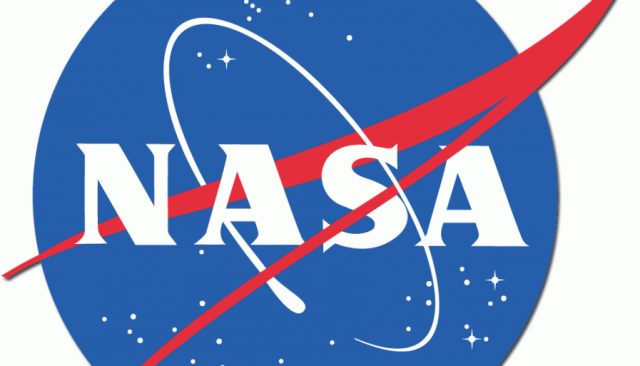Filed under: Wagon, Etc., Subaru
“Ja, that ice’ll hold ya.” Until it didn’t, and suddenly a man’s 1996 Legacy wagon was at the bottom of a shallow lake in Finland. Three months later, the Subaru wagon was dragged from its freshwater slumber, and while most people would just write the car off or at most turn it into a parts donor, curiosity got the better of the rescue squad.
Would it run? Just how bad was the damage? Before plunging below the surface, the owner did have time to shut the engine down and get his dogs out, so the boxer four didn’t aspirate any water and electrons weren’t coursing through the various circuits, two details that likely saved a bunch of damage. After removing a live fish from the engine bay, draining a lot of water from the fuel tank and crankcase, and a fresh fill of fluids and spark plugs, lo and behold, the SCUBA-ru chugged to life on the first try.
It’s not perfect; until the residual water works its way through the fuel system it’s going to feel a little low on power, and oxidation may start to fiercely assert itself. The smell is probably epic, too, but this is one funkbox with a great story.
from Autoblog









